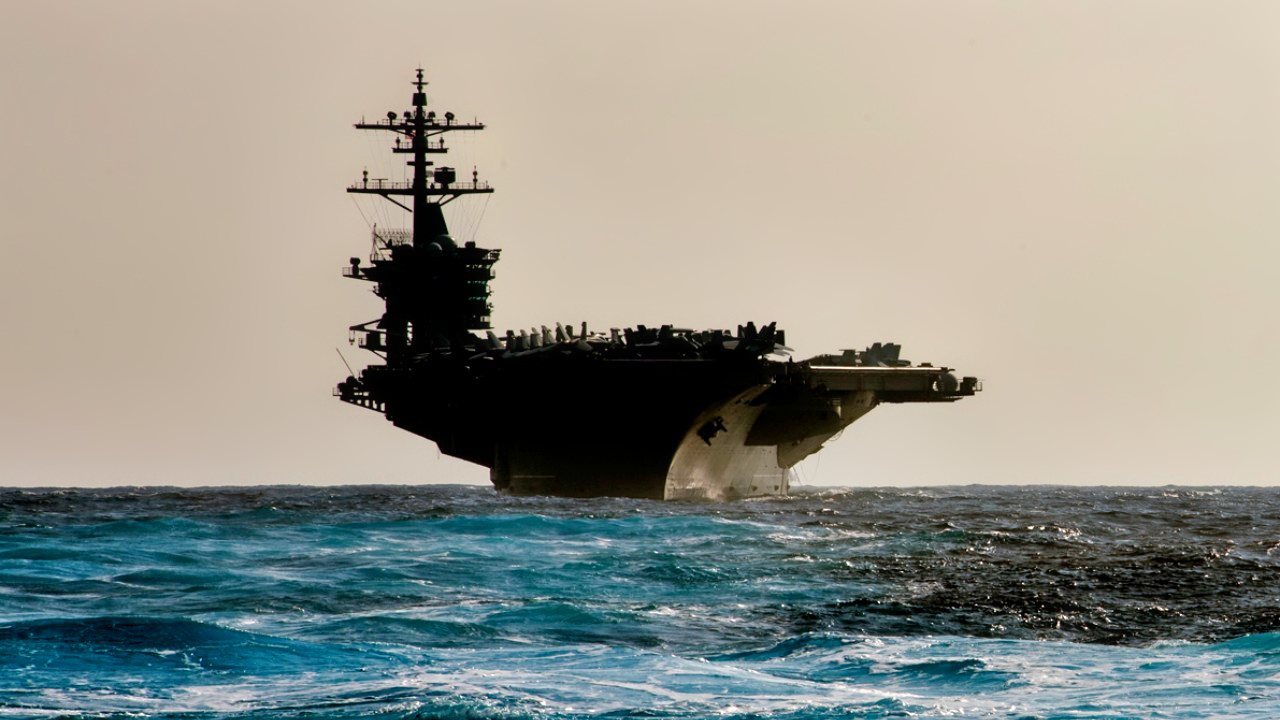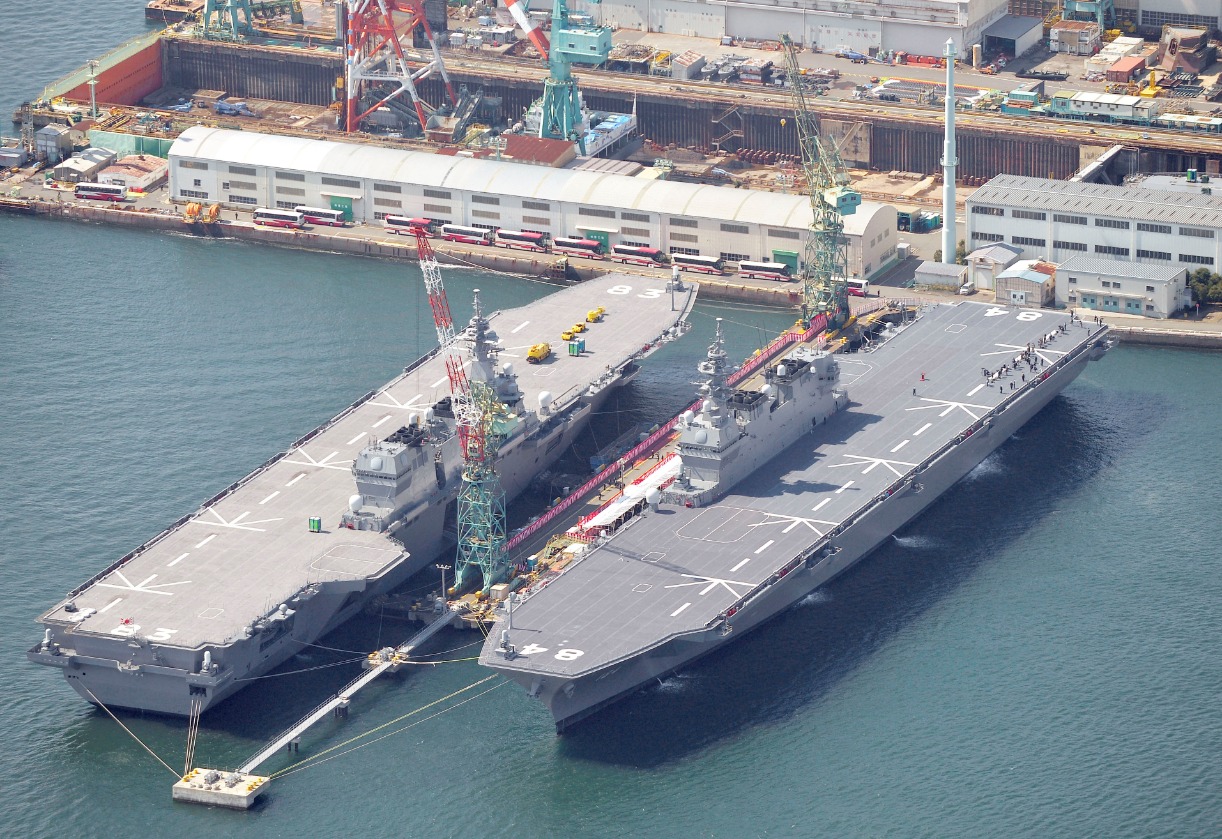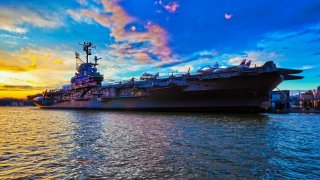Debunking the Myth: Why Aircraft Carriers Are Far from Obsolete
Despite arguments suggesting that aircraft carriers are becoming obsolete due to advancements in missile and drone technology, major powers like the U.S. and China continue to invest heavily in them.
Summary and Key Points: Despite arguments suggesting that aircraft carriers are becoming obsolete due to advancements in missile and drone technology, major powers like the U.S. and China continue to invest heavily in them.

-The U.S. maintains 11 operational supercarriers and is building more Ford-class vessels, while China is constructing its third and planning a fourth. The vastness of the ocean makes detecting and targeting carriers challenging, allowing them to operate effectively.
-As mobile airbases, carriers provide unique strategic advantages over fixed airbases, such as mobility and reduced political complications, reinforcing their continued relevance in global military strategy.
Why the Aircraft Carrier Remains a Vital Asset for Global Military Strategy
Much ink has been spilled suggesting that the aircraft carrier is obsolete, or that soon enough it will be. The premise holds that advances in defensive technologies – including intermediate-range and hypersonic missiles, surface vessels, low-tech drones, and submarines – will make surviving a conflict increasingly difficult for modern supercarriers.
But this issue is far from settled. Let’s consider the arguments in favor of the aircraft carrier’s continued relevance.
An Ongoing Investment in Aircraft Carriers
Setting thoughts and theories aside, what we know is that the U.S and China continue to invest heavily in aircraft carriers. America’s Ford-class carrier is the most expensive warship ever built. Two have been laid down, with more expected.
While America builds the Ford class, it still maintains and deploys the U.S. Navy’s fleet of Nimitz-class vessels. In all, the U.S. has 11 operational supercarriers at the moment. China, for its part, has built a third carrier, the Fujian, and has plans for a fourth, known as the Type 004.
So we know that the people with the access to the most up-to-date and comprehensive information on aircraft carrier survivability – the people tasked with preparing their nations for existential conflict – still want to invest heavily in aircraft carriers. War planners are not infallible, but the ongoing investment in aircraft carrier technology ought to be worth something to the civilian observer.
Hard to Find
While the technology that aims to turn back or even destroy aircraft carriers has improved and proliferated, this technology requires an important first step: Its user has to find the aircraft carrier in question. The ocean is a big place, and the aircraft carrier is a moving target. You can’t hit an aircraft carrier operating in the vastness of the Western Pacific if you don’t know where that aircraft carrier is. And detection and tracking technology is not yet up to the task of reliably parsing an aircraft carrier out of the endless square miles of open ocean within which the carrier may operate. This means aircraft carriers still very much have the opportunity to operate without harassment.
Still Effective
The risks to an aircraft carrier may be growing – but the effectiveness of a deployed aircraft carrier is still unique, making the risks quite possibly worthwhile. An aircraft carrier is a remarkable machine – essentially a floating air base that can project airpower around the globe. The only option that resembles even a passing alternative to an aircraft carrier is a fixed airbase on foreign soil. The U.S. has hundreds of such airbases, but those come with their own set of cons: The airbase is fixed and unmovable and thus easy to target; it is complicated to maintain; and its presence on foreign soil has a tendency to inspire displeasure among locals.

However, the aircraft carrier, moving continuously through international waters, can supply airpower similarly, and this ability facilitates America’s entire grand strategy.
About the Author: Harrison Kass
Harrison Kass is a defense and national security writer with over 1,000 total pieces on issues involving global affairs. An attorney, pilot, guitarist, and minor pro hockey player, Harrison joined the US Air Force as a Pilot Trainee but was medically discharged. Harrison holds a BA from Lake Forest College, a JD from the University of Oregon, and an MA from New York University. Harrison listens to Dokken.
Image Credit: Shutterstock and or Creative Commons.


